Product Description
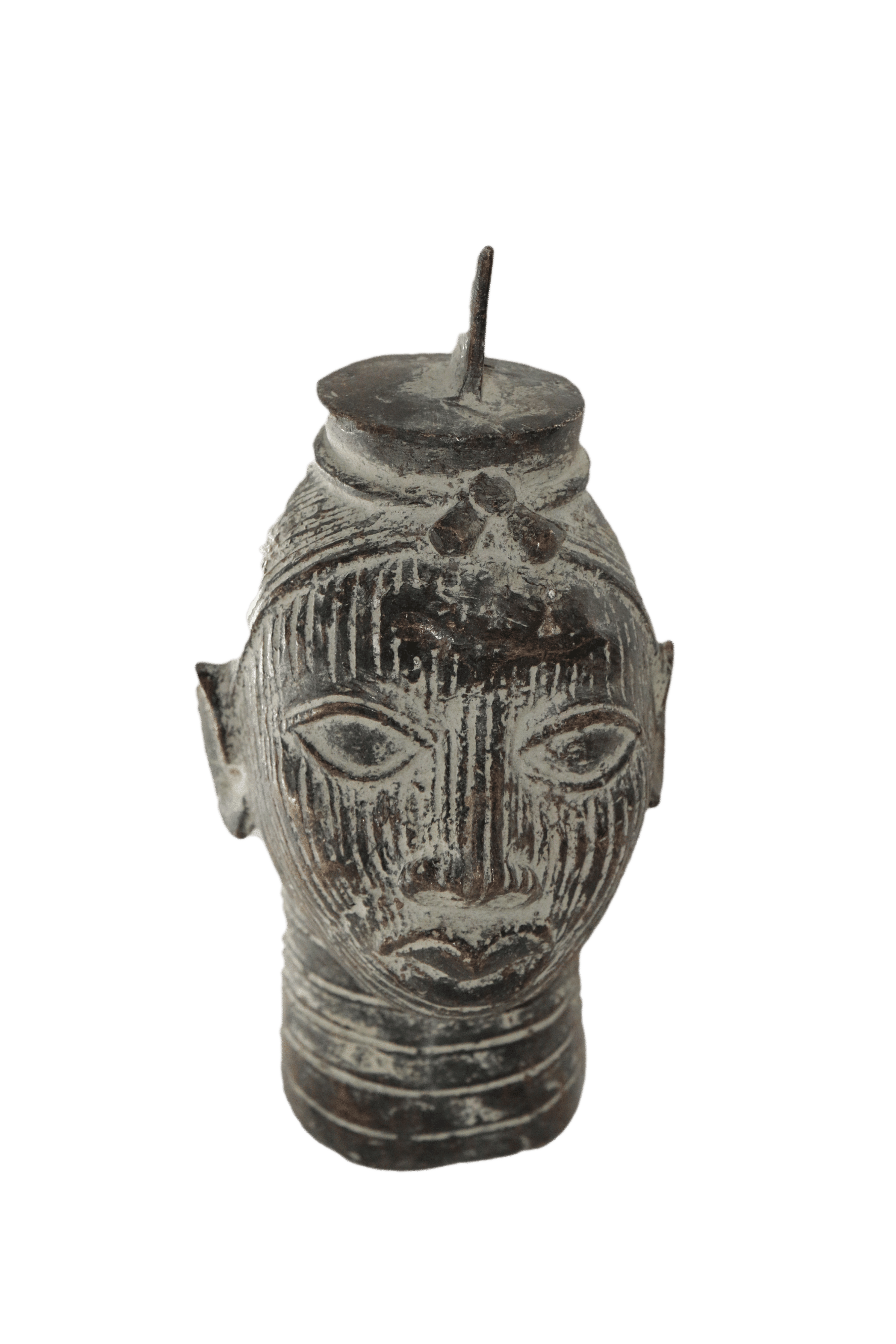
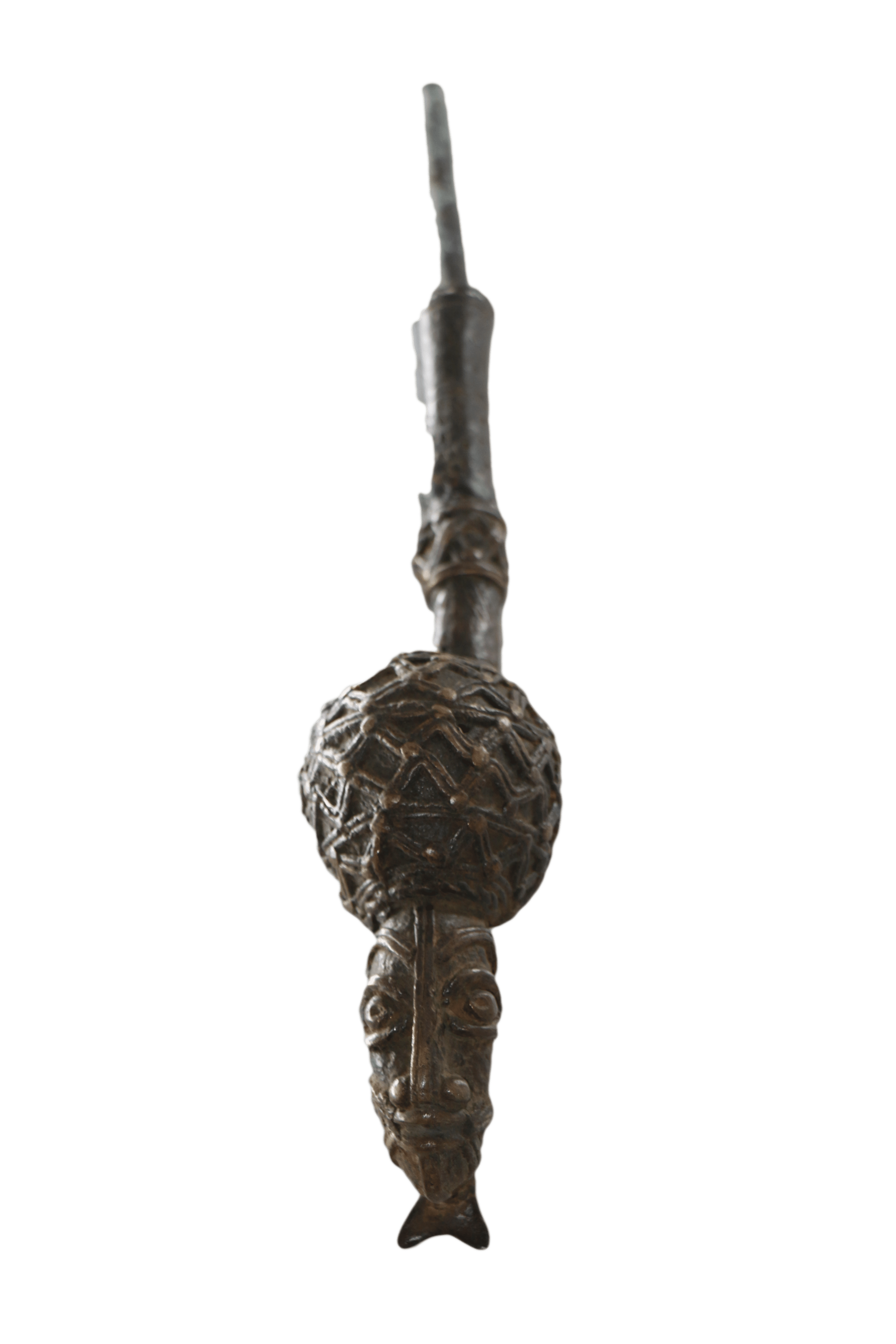
Ceremonial Bamoun Tobacco Pipe – Benin
Brass ceremonial tobacco pipe, conical, decorated with a geometric ornments and facial features. The piece originates from the Ife tribe in Nigeria. Pieces such as this one were created to honor the king , or Oba, who has reigned, with his ancestors, from the 15th century. Ife is regarded as the legendary homeland of theYoruba-speaking peoples and its sacred ruler, the Ooni, is still revered as the descendant of the original creator gods.
Made of 100% Bronze, copper alloy.
Model is W 18 – H 42 and weight 0.4 kg.
Additional information
| Weight | 0.4 kg |
|---|---|
| Dimensions | 18 × 42 cm |
| Color | |
| Material |
Leave a reply Cancel reply
Returns and Exchanges
There are a few important things to keep in mind when returning a product you purchased.You can return unwanted items by post within 7 working days of receipt of your goods.
- You have 14 calendar days to return an item from the date you received it.
- Only items that have been purchased directly from Us.
- Please ensure that the item you are returning is repackaged with all elements.
Ship your item back to Us
Firstly Print and return this Returns Form to:
30 South Park Avenue, San Francisco, CA 94108, USA
Please remember to ensure that the item you are returning is repackaged with all elements.
For more information, view our full Returns and Exchanges information.

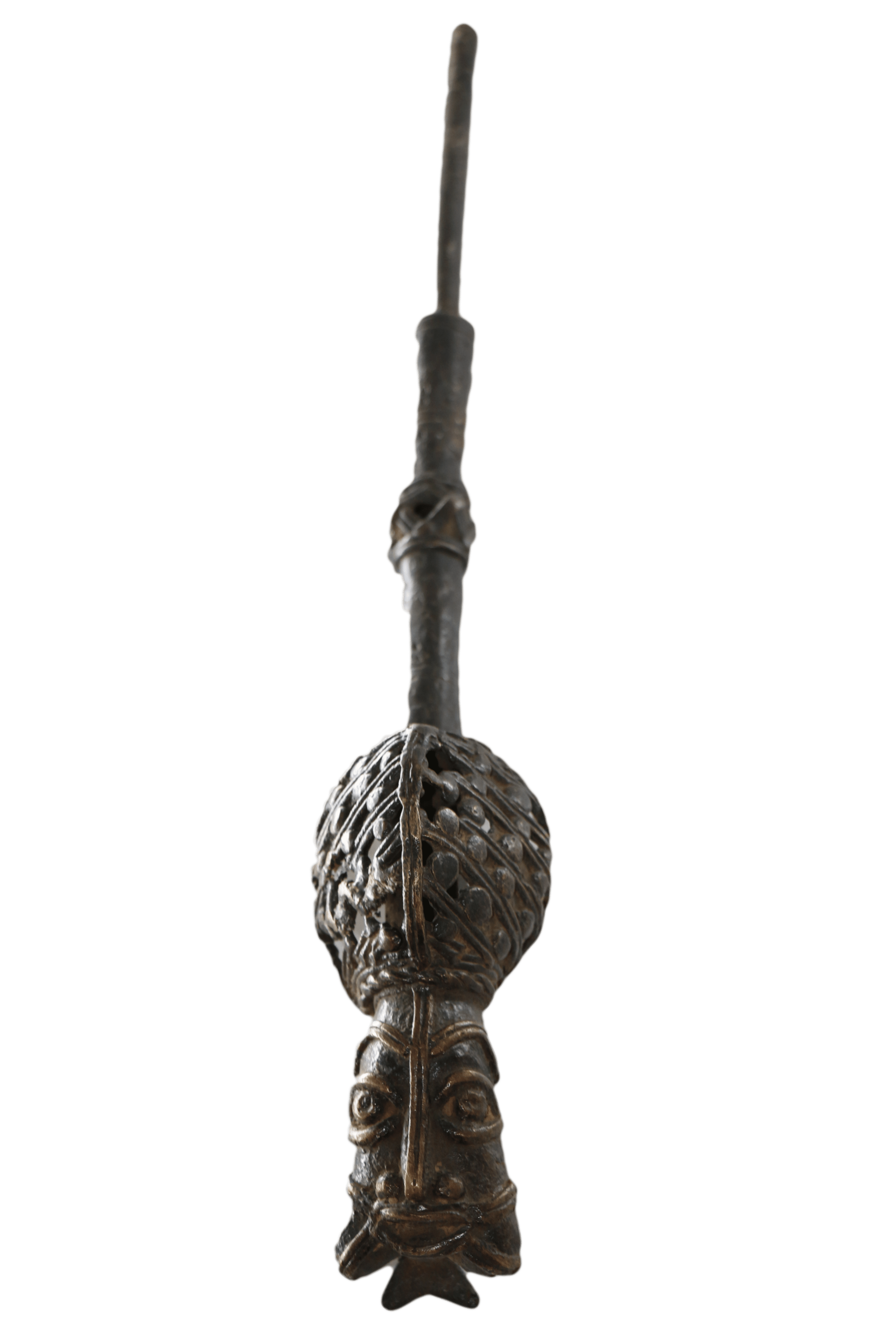
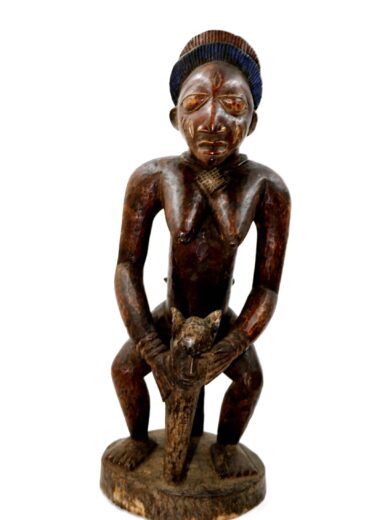

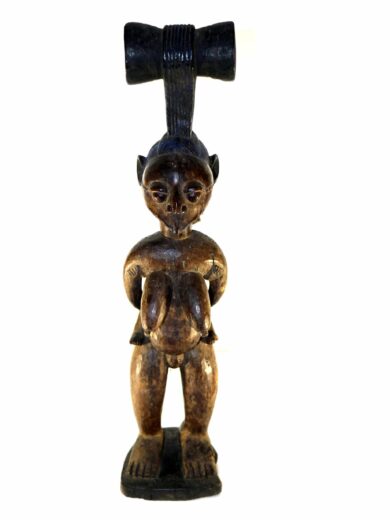
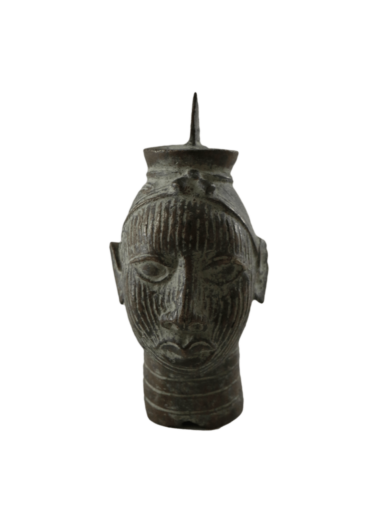
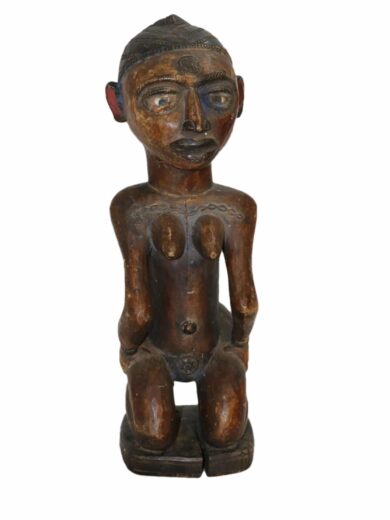
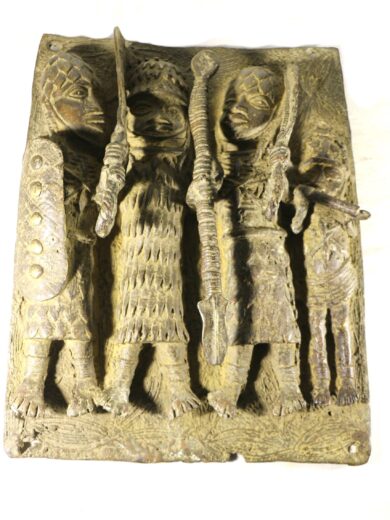
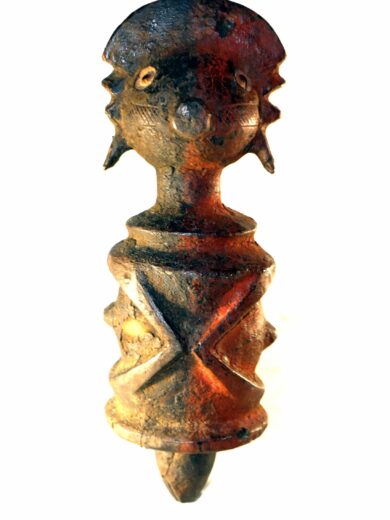
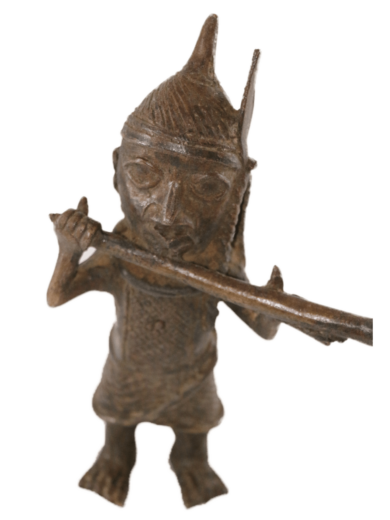
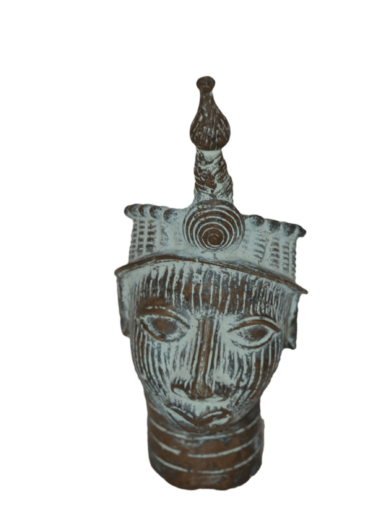
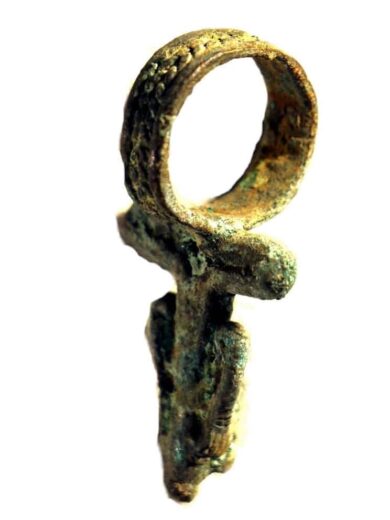
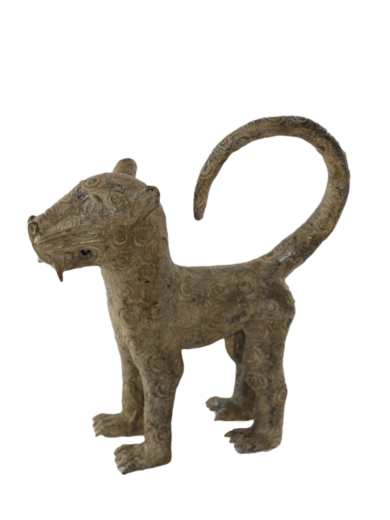
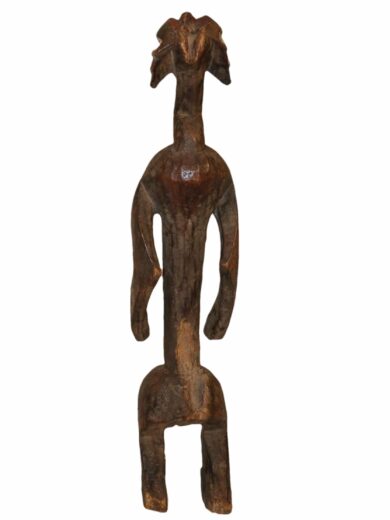
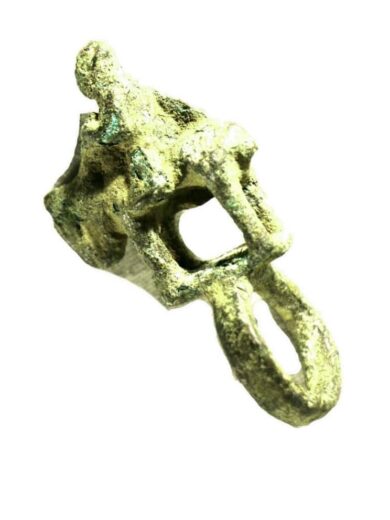
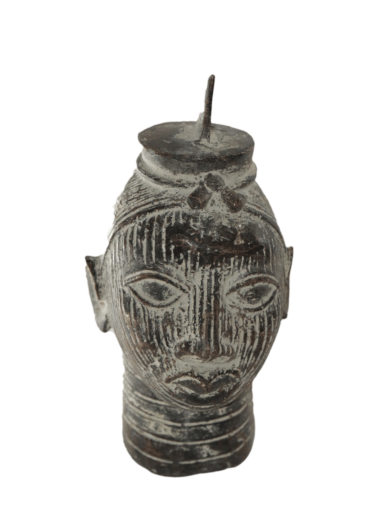
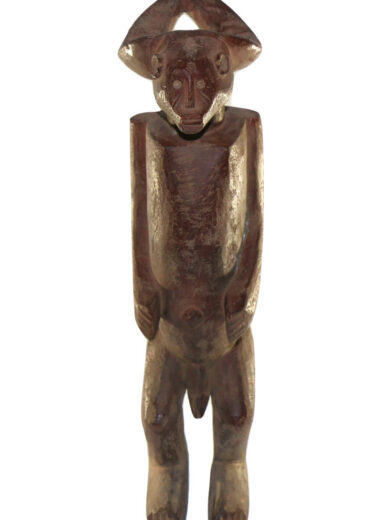

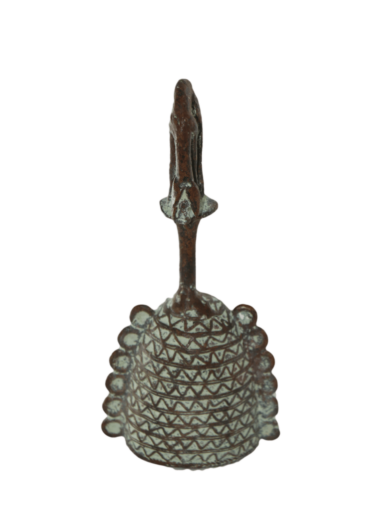
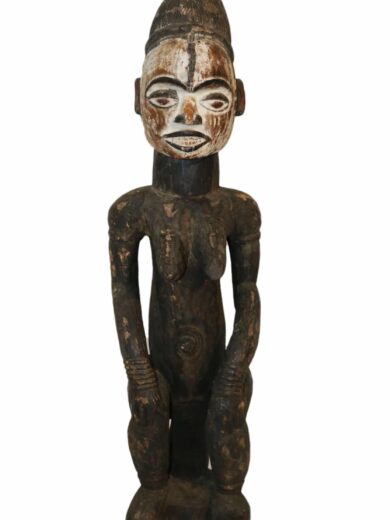
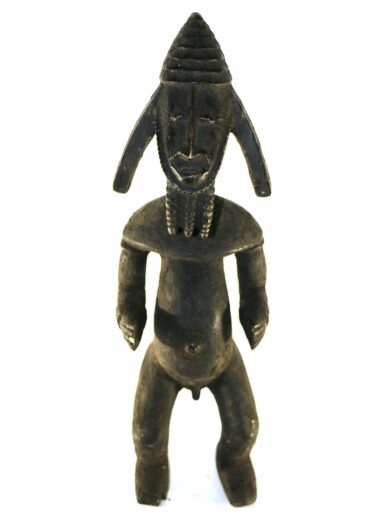
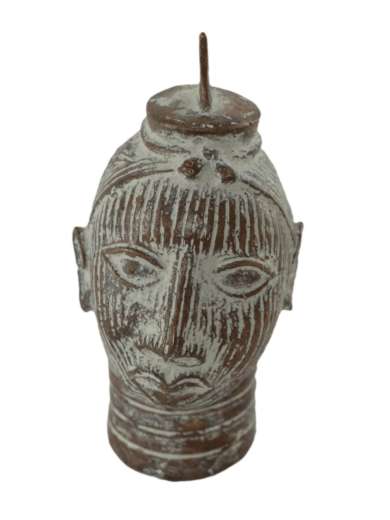
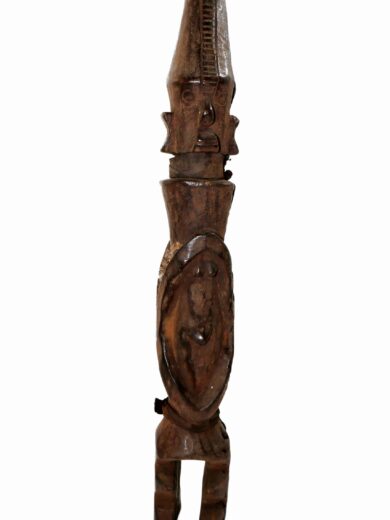
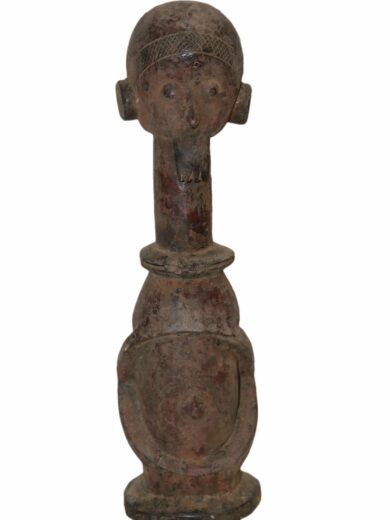
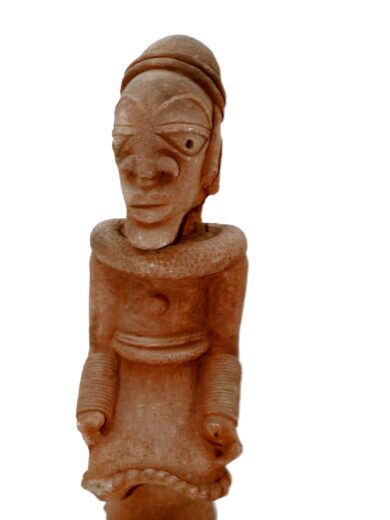
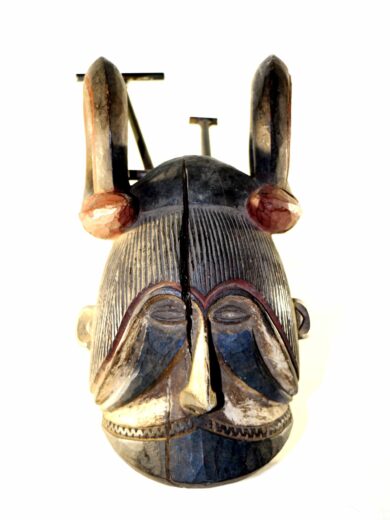

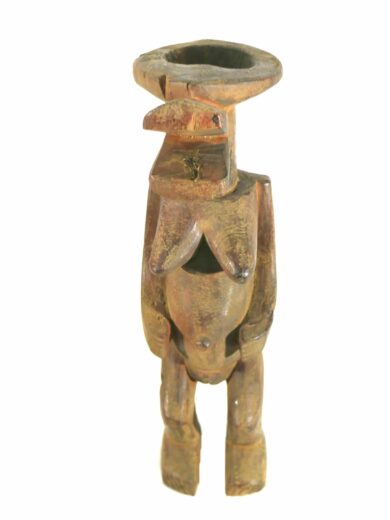
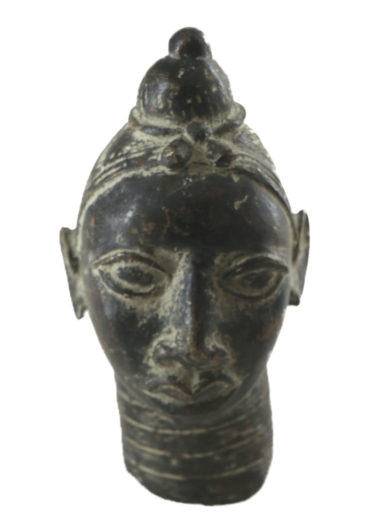
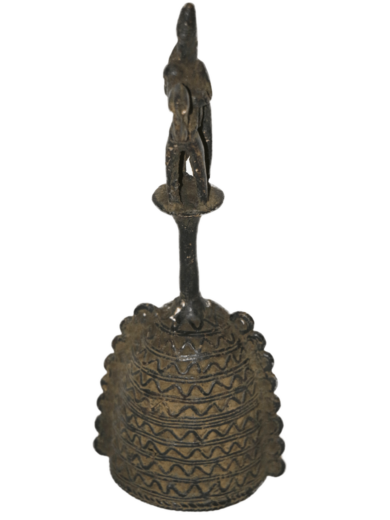
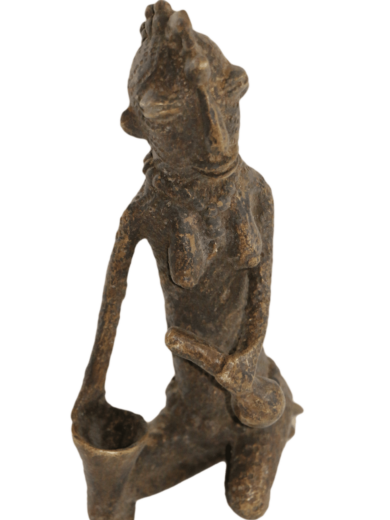
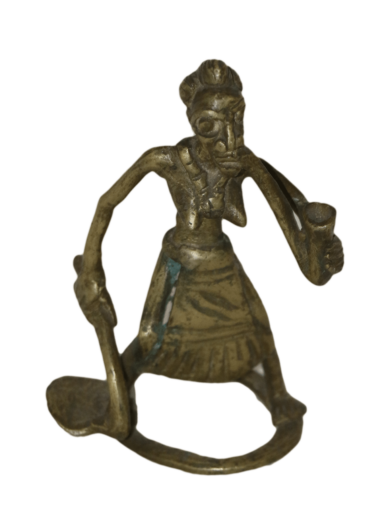

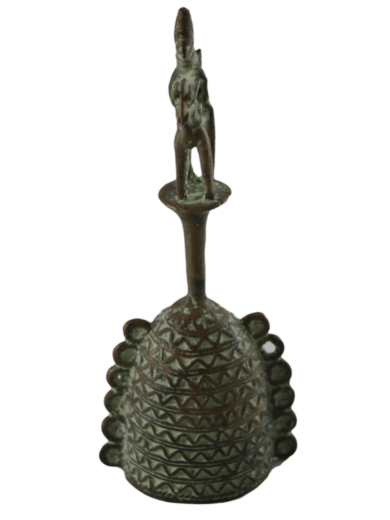
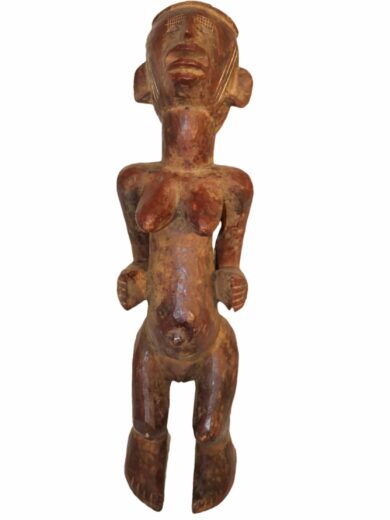
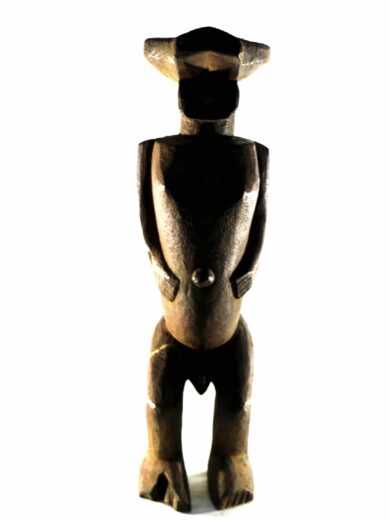
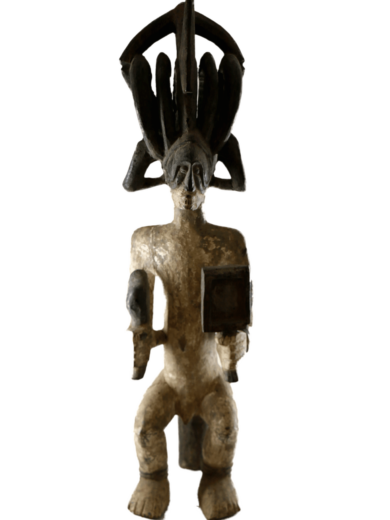
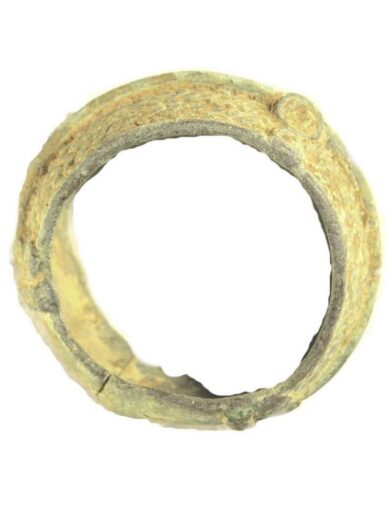
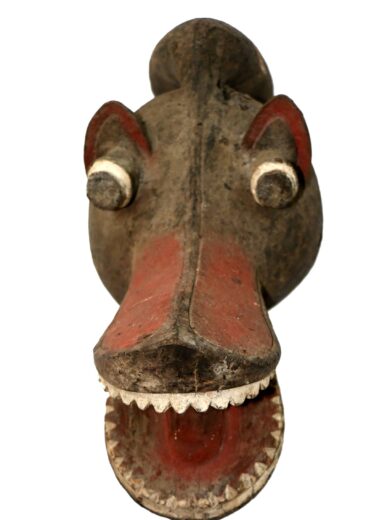
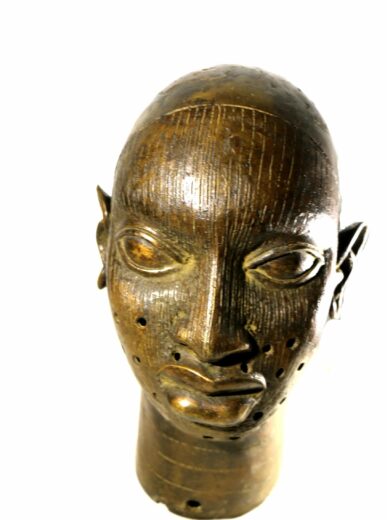

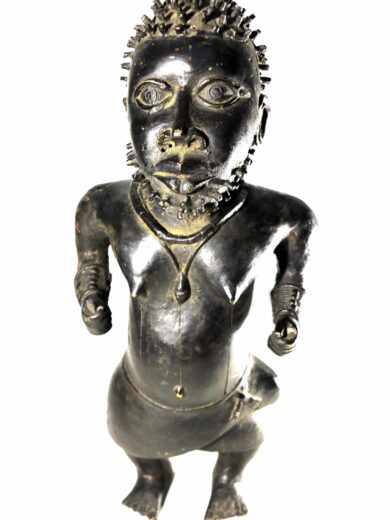
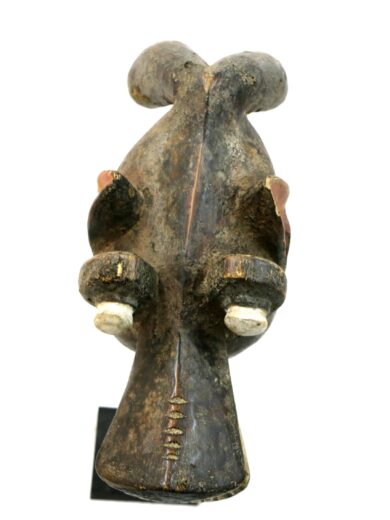

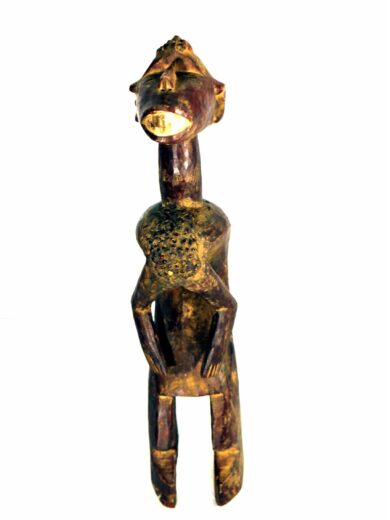
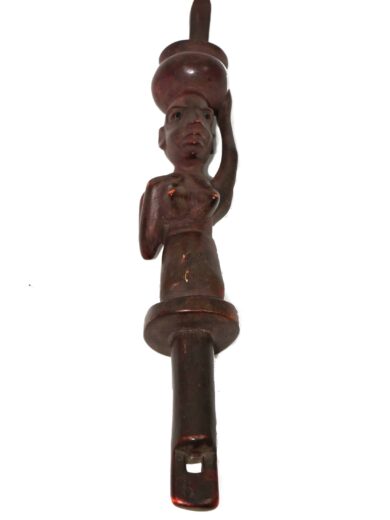
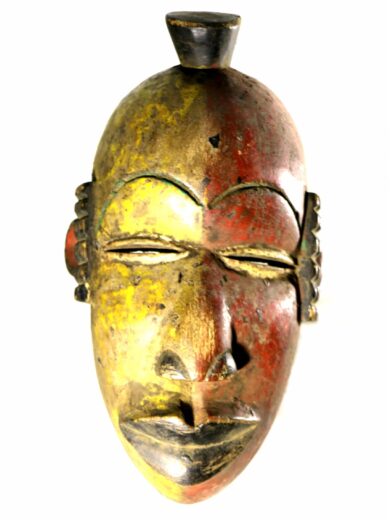

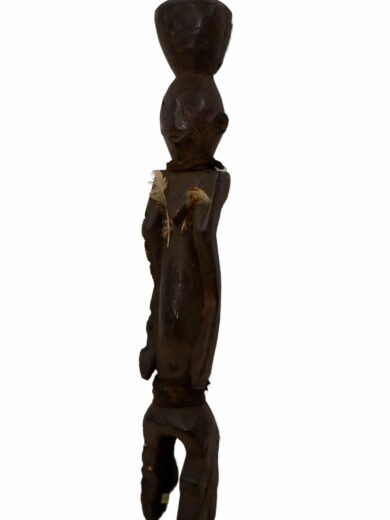
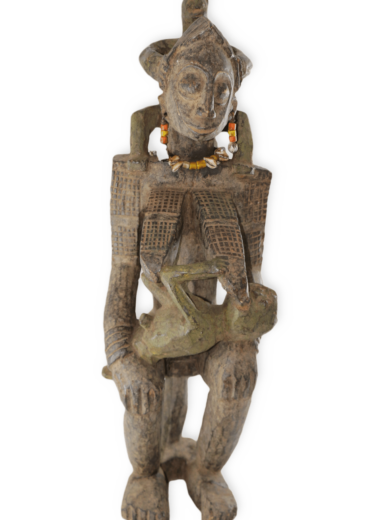
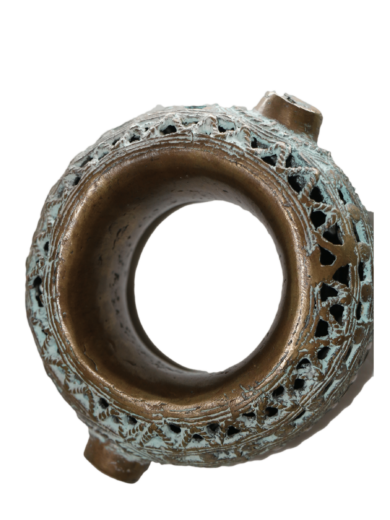
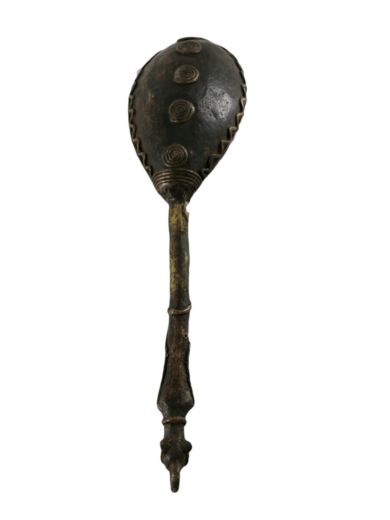

Reviews
There are no reviews yet.